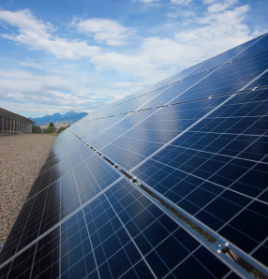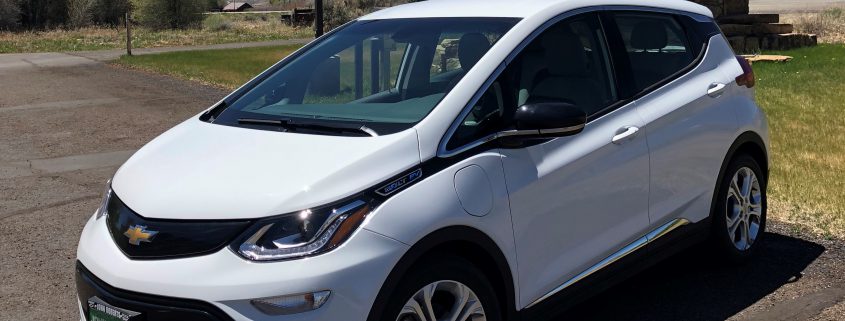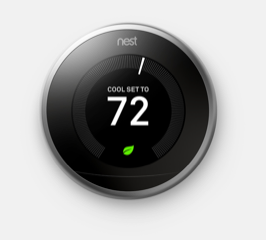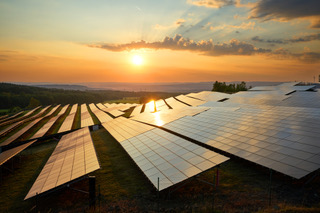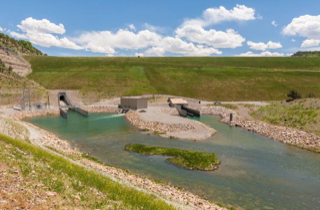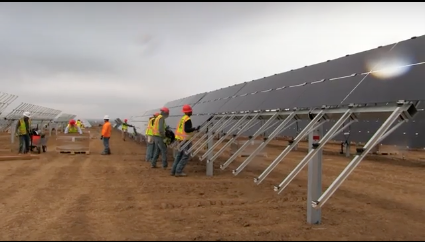The Value of New Appliance Features Depends on the Buyer
By Paul Wesslund
The Sloboda family needed a new refrigerator so Brian volunteered to do the shopping. After all, he’s a national expert on electric appliances.
He came home frustrated. There were too many choices, even for the guy whose job title is “program and product line manager for energy utilization, delivery, and energy efficiency” at the National Rural Electric Cooperative Association. “Just buy whatever you want,” he told his wife.
NICE, BUT NEEDED?
Sloboda finally used his in-depth knowledge when he looked over the model that his wife Sami Jo brought home. “Why didn’t you get the version that has a camera inside, so you can use your smartphone in the grocery store to see if we need more milk?” he asked.
“Because it costs $500 more,” she said. That, Sloboda said, was a good reason. That’s the kind of reasoning we’re all going to be using as we grapple with the newest trend in appliances: connection to the internet.
“The number one problem for homeowners is trying to determine which of the things actually present value,” Sloboda said. “There are infinite possibilities. They sound nice when you first hear about them, but you have to remember you are paying more for those features.”
Web-connected appliances could also offer online diagnostics. There might not be strong, everyday reasons for a washing machine to be hooked into cyberspace, but if it broke, the manufacturer could log in to figure out what’s wrong. That could help decide the best way to repair or replace the equipment. But is it worth the extra cost?
READ THE LABEL
If you’re longing for lower-tech help in decision-making, look to the yellow and black U.S. Department of Energy’s EnergyGuide label on each appliance. “It’s one of the single greatest pieces of information that you can find when you buy an appliance,” Sloboda said. The most useful info is the big dollar figure right in the middle of the label, showing what it will cost to use that appliance for a year.
Sloboda cautioned that the number doesn’t tell you exactly what you will pay because it doesn’t use your local utility’s kilowatt-hour rate, but it’s a perfect way to compare appliances because every appliance’s label is based on the same national average electric rate.
“You can stand in that aisle looking at all the washing machines and you can scan the entire row and narrow your options down from a dozen,” he said, “down to the three or four that use the least amount of money.”
Other especially useful parts of the label, he said, include the lower right corner — if you see an Energy Star logo, it means the appliance will use less energy than one without such a label. Sloboda also singles out the upper right corner that lists the manufacturer and model number, which you can use for more detailed comparisons with other models.
Pay attention to the age of the major energy-using appliances you have at home. New motors added dramatic energy efficiency advances over the past several years, and older motors started degrading in refrigerators and in heating and air-conditioning systems. Consider upgrading air conditioners and heat pumps older than 10 years and refrigerators older than eight years.
HELP WITH DECISIONS
The Department of Energy offers a handy way to check whether it’s time to replace your refrigerator — visit the EnergyStar.gov website and in the search box type “flip your fridge calculator.” You’ll find a link to a page where you can enter your type of refrigerator and its age to calculate how much you could save buying a new one.
All these options mean more decisions for consumers, but help is on the way. Sloboda said electric co-ops are working with two national laboratories to study the most useful ways to connect appliances with the internet and with the utilities that provide the electricity. He said over the next two years the study will report on how consumers can more easily make decisions on how to use appliances and even how to enhance cyber security for the growing number of internet-connected devices in the home.
The aim of the study is to understand what the value of internet-connected devices is to the consumer. “Then the manufacturers can start to build products that the consumer wants,” he said. The study will also look for futuristic-sounding ways co-op members can sign up for optional utility programs to help them decide how they want to use electricity.
“The appliances would be networked and they would talk to one another,” he said. “In a very advanced scenario, the home could actually reconfigure the way appliances are being used depending on occupancy of the home at the moment and the weather conditions.”
That setup could even let homeowners decide if they want to save as much energy and money as possible or if they rather the house be warmer or cooler.
“They won’t have to figure out if they want to set the thermostat back,” Sloboda said. “The homeowner would tell the system whether they wanted to maximize comfort or maximize savings, then the home would communicate to the utility. That way it won’t be the utility controlling the system, it won’t be the appliance manufacturer but it will be the occupant of the house who is making the decisions.”
It doesn’t sound like shopping for appliances is going to be any easier in the future, so do your homework, study your options and then select what works best for you and your budget.
Paul Wesslund writes on cooperative issues for the National Rural Electric Cooperative Association.


